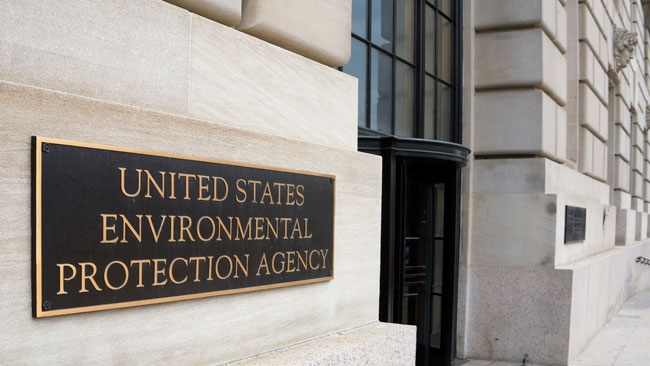August 16, 2016 Updated 8/16/2016
Email Print

Washington — The Obama Administration on Aug. 16 finalized new fuel efficiency standards for buses, large trucks and other heavy-duty vehicles, intending to drive innovation while echoing recent advancements that have seen plastics play a bigger role in cars and light trucks.
Developed by the U.S. Environmental Protection Agency in conjunction with National Highway Transportation Safety Administration over four years of testing and research, the new standards are expected to cut more than 1 billion tons of carbon pollution, save about $ 170 billion in fuel costs and reduce related oil consumption by an 84 billion gallons by the time they are fully implemented in 2027, according to the agencies.
“This next phase of standards for heavy- and medium-duty vehicles will significantly reduce greenhouse gas emissions while driving innovation, and will ensure that the United States continues to lead the world in developing fuel-efficient technologies through the next decade and beyond,” said EPA Administrator Gina McCarthy.
The changes build on the fuel efficiency and greenhouse gas emission standards already in place for 2014-2018 model year vehicles, which were introduced in 2011 and are expected to reduce oil consumption by a projected 530 million barrels. This new round of regulations is one of the last major pieces of President Barack Obama’s agenda tackling climate change, put in place almost exclusively through policy and regulation changes in the auto industry and at power plants, chemical facilities and oil and natural gas operations in the absence of action from a divided Congress.
Increased Corporate Average Fuel Economy standards enacted in 2012 for cars and light trucks drove innovation in those sectors, with the development of smaller, more efficient engines; consolidated parts design and increased use of lightweight materials like composites.

Continental Structural Plastics Continental Structural Plastics already makes parts for commercial vehicles, and sees an opportunity to produce more as lightweighting becomes more prevalent.
A similar effect could occur in the heavy truck sector, said Rob Simon of Continental Structural Plastics, which already supplies medium and heavy-duty trucks with lightweight composite components, including front ends, cab roofs, oil pans and structural components.
“These new regulations will encourage an even more aggressive push toward lightweighting strategies for [medium- and heavy-duty] OEMs,” he said. “In addition, often when new or updated regulations are introduced into the MD/HD market, truck orders are boosted as buyers pre-buy in anticipation of higher prices. This will help suppliers with further business and the market as a whole which is desperate for a lift.”
Transportation Secretary Anthony Foxx called the new requirements “ambitious but achievable.” While expected to drive up initial vehicle costs, the regulations will more than offset such costs by way of increased air quality, savings at the pump and benefits all the way though the supply chain, he said.
“Today’s action preserves flexibility for manufacturers to deliver on these objectives through a range of innovations and technology pathways,” Foxx said.
Though they only account for about 5 percent of the vehicles on U.S. roads, tractor trailers, garbage trucks, school buses and other medium- and heavy-duty trucks are responsible for about 20 percent of fuel consumption and carbon emissions.
The regulations extend for the first time to trailers, which will be expected to increase efficiency by 4 to 9 percent beginning in 2018 with certain models under EPA regulations, which excludes mobile homes. NHTSA standards will take effect in 2021, though companies can get credits for voluntary participation before then.
Cost effective technologies for trailers — including aerodynamic devices, light weight construction and self-inflating tires — can significantly reduce total fuel consumption by tractor-trailers, while paying back the owners in less than two years due to the fuel saved, according to the agencies. Because many trailer companies are small businesses, the government is including provisions to reduce the financial burdens of the program, including a one-year delay and streamlined certification requirements for qualified small businesses.

























